Men's Biker Leather Jackets
Men's Biker Leather Jackets

-29%
Diesel
L Evert A Jacket Grey
$930.00
$1,305.00
Balardi

Jack & Jones
Mens Faux-suede biker jacket
$110.00
Simons

-14%
HUGO BOSS
H Cireno4 Jacket Blue
$422.00
$492.00
Balardi

Sly & Co
Mens Genuine leather biker jacket Black
$395.00
Simons
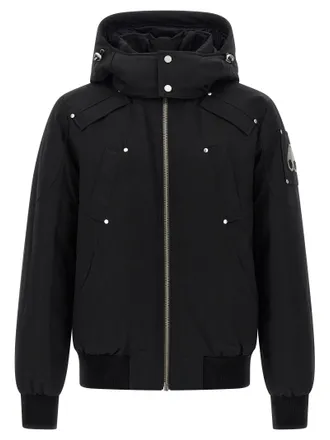
-25%
Moose Knuckles
Original Ballistic Down Jacket Black
$1,293.00
$1,724.00
Balardi

Only & Sons
Mens Faux-leather biker jacket Black
$85.00
Simons

-14%
HUGO BOSS
H Dahanso Down Jacket Black
$562.00
$657.00
Balardi

Giorgio Brato
Veg Lamb Leather Biker Jacket Grey
$998.00
Bernardelli

-23%
Baracuta
Roughout Jacket Brown
$823.00
$1,066.00
Balardi

Only & Sons
Mens Faux-leather biker jacket Brown
$85.00
Simons

-29%
Diesel
L Uncan Jacket Black
$1,398.00
$1,961.00
Balardi

Mauritius
Mens Removable-hood leather biker jacket Black
$378.00
Simons

-23%
HUGO BOSS
H Cemmi Jacket Blue
$634.00
$821.00
Balardi

-40%
Dacute
Tommy leather jacket Man 50 Brown
$424.80
$708.00
rBoutique
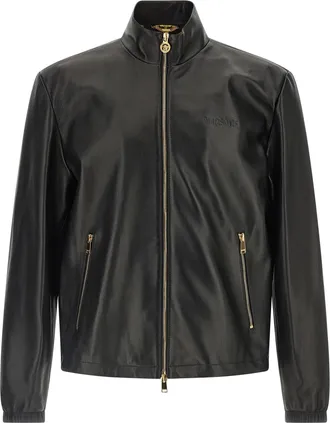
-29%
Versace
Plongé Nappa Jacket Black
$3,365.00
$4,760.00
Balardi

-40%
Emporio Armani
Tecno suede leather single-breasted jacket Man 48 Brown
$714.60
$1,191.00
rBoutique

-49%
Dondup
Leather Jacket Black
$1,200.00
$2,343.00
Balardi

Mauritius
Mens Vintage leather jacket Grey
$358.00
Simons

-23%
Baracuta
Roughout Jacket Brown
$886.00
$1,147.00
Balardi

Sly & Co
Mens Owen leather biker jacket Black
$495.00
Simons

-24%
Polo Ralph Lauren
Military Jacket With Patches Green
$457.00
$600.00
Balardi

-47%
Arma
Jackets Grey
$499.00
$945.00
Yoox

-41%
Alexander McQueen
Alexander Mcqueen Texture Leather Jacket Black
$3,763.00
$6,384.00
Balardi

Marc O'Polo
Shirt - Mens Nappa leather jacket Black
$595.00
Simons

-35%
Dsquared2
Dsquared2 X Ducati Capsule Leather Jacket Black
$4,202.00
$6,483.00
Balardi

Sly & Co
Mens Genuine leather biker jacket Brown
$395.00
Simons
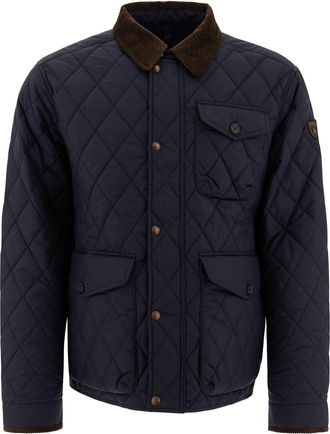
-23%
Polo Ralph Lauren
Beaton Jacket Blue
$560.00
$731.00
Balardi

-52%
Dacute
Jackets Black
$345.00
$726.00
Yoox

-28%
Polo Ralph Lauren
Iconic Letterman Jacket Black
$1,429.00
$1,992.00
Balardi

Mauritius
Mens Removable-hood leather biker jacket
$378.00
Simons

-33%
Dsquared2
Kiodo Jacket Black
$2,181.00
$3,267.00
Balardi

-66%
Tagliatore
Jackets Beige
$415.00
$1,219.00
Yoox

-46%
Dsquared2
Be Cool Be Nice Wash L.A. Jacket Blue
$577.00
$1,067.00
Balardi

-48%
Giorgio Brato
Jackets Black
$672.00
$1,280.00
Yoox

-23%
Berluti
Scritto Jacket Grey
$2,892.00
$3,774.00
Balardi

-47%
Giorgio Brato
Jackets Brown
$607.00
$1,156.00
Yoox

-29%
Giorgio Brato
Long Sheepskin Black
$2,925.00
$4,136.00
Balardi

Barba
Dakota Biker Jacket Black
$714.00
Bernardelli

-33%
J.W.Anderson
J.W.Anderson Leather Patch Pocket Sweater Grey
$757.00
$1,133.00
Balardi

-70%
Bomboogie
Jackets Black
$173.00
$585.00
Yoox

-44%
Golden Goose
Neil Jacket Beige
$1,192.00
$2,117.00
Balardi

-33%
Gaëlle Paris
Jackets Black
$281.00
$420.00
Yoox

-26%
Salvatore Santoro
Brown Leather Zip Jacket
$1,898.00
$2,559.00
Balardi

Giorgio Brato
Biker Jacket Black
$1,086.00
Bernardelli

-19%
Diesel
J Ake Jacket Black
$528.00
$648.00
Balardi

-58%
Bolongaro Trevor
Jackets Black
$208.00
$501.00
Yoox

-27%
Diesel
D Ivar S Jacket Blue
$783.00
$1,067.00
Balardi

Diesel
D-Blenk-S Jacket-Uomo
$550.00
Wanan Luxury

-43%
Balenciaga
Bb Garderobe Jacket Black
$2,248.00
$3,939.00
Balardi

-45%
Only & Sons
Jackets Black
$67.00
$121.00
Yoox

-62%
1989 STUDIO
Intreccio Leather Perfecto Brown
$1,046.00
$2,740.00
Balardi

-47%
Maison Margiela
Jackets Black
$811.00
$1,520.00
Yoox

-26%
Amiri
Amiri Patch Racer Jacket Black
$3,241.00
$4,365.00
Balardi

-50%
Diesel
Jackets Black
$675.00
$1,350.00
Yoox

-7%
Gramicci
Japanese Slub Jacket Blue
$298.00
$321.00
Balardi

Diesel
Giacca Biker L-Uncan-Uomo
$1,195.00
Wanan Luxury
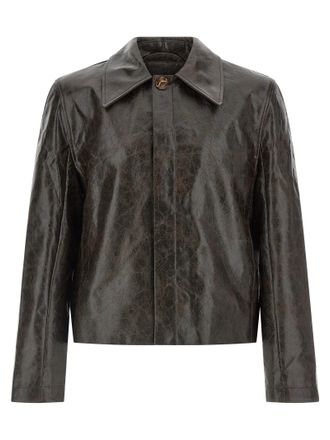
-23%
Séfr
Keane Jacket Brown
$621.00
$804.00
Balardi

-33%
Bolongaro Trevor
Jackets Black
$259.00
$385.00
Yoox

-32%
Human Made
Jackets Beige
$1,532.00
$2,240.00
Balardi

-66%
Vintage De Luxe
Jackets Black
$325.00
$963.00
Yoox

-20%
Our Legacy
Black Leather Zip Jacket
$2,353.00
$2,929.00
Balardi

-33%
Bolongaro Trevor
Jackets Black
$212.00
$315.00
Yoox

-51%
ARMARIUM
Leather Biker Jacket Black
$1,491.00
$3,069.00
Balardi

-33%
Bolongaro Trevor
Jackets Black
$212.00
$315.00
Yoox

Tagliatore
Jackets Black
$1,971.00
Balardi
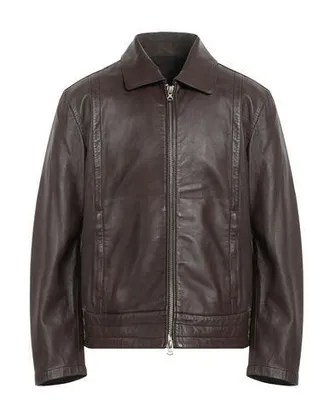
-60%
Diesel
Jackets Brown
$355.00
$895.00
Yoox

-50%
Golden Goose
Journey Ms Jacket Chiodo
$1,645.00
$3,304.00
Balardi

-33%
Street Leathers
Jackets Black
$417.00
$619.00
Yoox

-19%
Diesel
D Krap S6 Jacket Blue
$528.00
$648.00
Balardi
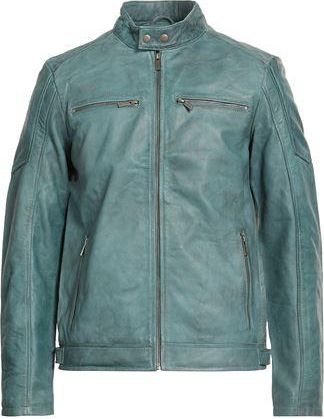
-33%
Bolongaro Trevor
Jackets Blue
$231.00
$343.00
Yoox

-51%
1989 STUDIO
Brown Leather Jacket
$1,695.00
$3,430.00
Balardi

-59%
Masterpelle
Jackets Black
$377.00
$911.00
Yoox

-4%
Diesel
Black Leather Jacket
$1,227.00
$1,283.00
Balardi

Desa
Leather Reversible Boxy Jacket By Desa Black
$1,577.00
Bernardelli

-20%
Maison Margiela
Black Washed Effect Biker Jacket
$2,201.00
$2,740.00
Balardi

Baracuta
Jacket G9-Uomo
$590.00
Wanan Luxury

-26%
Rick Owens
Cropped Jumbo Bauhaus Stooges Jacket Black
$5,758.00
$7,754.00
Balardi
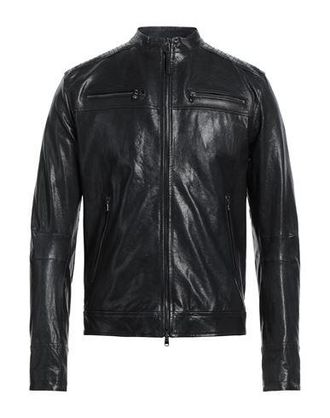
-77%
Garrett
Jackets Black
$194.00
$862.00
Yoox

-26%
Salvatore Santoro
Dark Brown Leather Jacket
$2,351.00
$3,171.00
Balardi
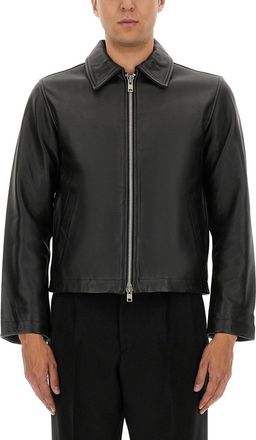
Sunflower
Short Leather Jacket-Uomo
$750.00
Wanan Luxury
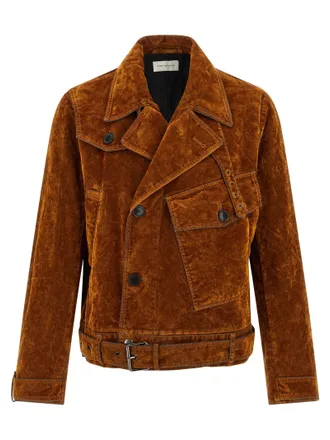
-33%
Dries Van Noten
Velvet Biker Jacket Multi
$1,912.00
$2,863.00
Balardi

-64%
Giorgio Brato
Jackets Black
$466.00
$1,310.00
Yoox

-26%
Salvatore Santoro
Burnt Brown Leather Jacket Beige
$2,281.00
$3,076.00
Balardi

-44%
Giorgio Brato
Jackets Black
$786.00
$1,394.00
Yoox

-21%
Willy Chavarria
Stotckton Jacket Black
$2,228.00
$2,823.00
Balardi

-35%
D´Amico
Jackets Brown
$691.00
$1,058.00
Yoox

-27%
Diesel
D Elmo Fsh Jacket Blue
$783.00
$1,067.00
Balardi
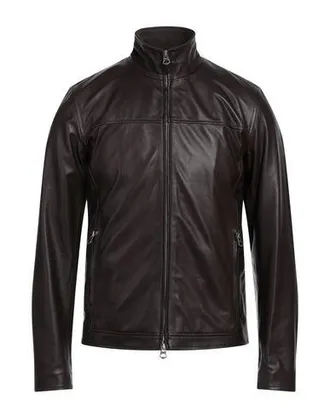
-75%
STEWART
Jackets Brown
$310.00
$1,246.00
Yoox

-33%
Maison Margiela
Biker Jacket Brown
$2,746.00
$4,086.00
Balardi

-31%
Young Poets Society
Jackets Black
$409.00
$595.00
Yoox
This season’s trends
- Red shorts
- Tommy Hilfiger summer pants for men
- Sun hats for women
- Adidas shorts for women
- Brown leather sandals
- Cargo shorts for women
- Gold sandals
- Women's Clarks wedge sandals
- Teva sandals
- Keen sandals
- Skechers summer shoes
- Leather sandals for men
- White short sleeve shirts
- GAP shorts
- Linen pants for men
- Rain jackets for men
- Capri pants for women
- Summer jackets for women
- Summer jackets for men
- Silver sandals
- Clarks sandals for women
from multiple shops